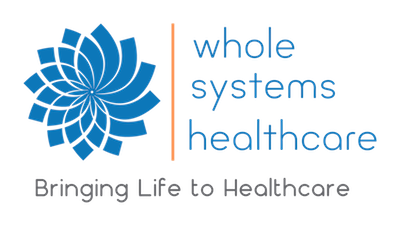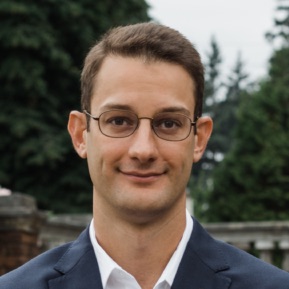The Problem
Advances in modern medical knowledge and technology have significantly improved our ability save lives from immediate health threats. Clean air and water, improved sanitation and refrigeration systems, public education, vaccines, life saving drugs and procedures, and management of chronic diseases have caused a surge in the average life expectancy, from ~36 years old in the late 19th century to 78.7 years today.
But every great success invites new challenges. Over the past few decades, treatment gaps have consistently widened and have given rise to the modern healthcare crisis. As populations live longer, chronic disease burden is rapidly increasing. In the United States, 90% of our healthcare dollars, about $3.3 trillion, are spent on managing preventable chronic disease and mental health conditions, while chronic disease accounts for the majority of deaths in the United States and worldwide.
But the challenges facing our healthcare system go beyond aging populations. For example, a child born today is not guaranteed the expectation of living longer than their parents. Over the past three years, and for the first time in our nation’s history, the average life expectancy has begun to decline. The cause is widely attributed to the loss of young lives to opioid overdose and suicide.
Still not convinced? Here are some facts further illustrating the gap in American healthcare:
We spend 100% more money: The U.S. spends on average twice as much on healthcare compared to other developed countries. We are getting sicker: 60% of Americans are affected by chronic disease. Over 50% of deaths each year are caused by heart disease, cancer, and stroke. We are getting more overweight: Over 70% of American adults are overweight or obese as obesity rates continue to rise. We are overmedicated: 70% of Americans are taking prescription drugs. 20% (1 in 6) Americans are on psychiatric drugs. Our mental health is suffering: Nearly 50% of Americans will be diagnosed with mental illness in their lifetime. The national suicide rate has increased by 33% in 17 years. 1in 7 Americans struggle with addiction, while only 10% will receive treatment. Americans constitute 5% of the worlds population and consume 80% of the world’s opioid supply.
The U.S. healthcare system, while having nearly mastered saving lives and managing symptoms, continues to overlook the “other half” of health care—health restoration, disease prevention, and wellness promotion.
The Cause
Despite general awareness of the healthcare crisis and a number of concerted efforts to address the issue, the high chronic disease burden and loss of life to opioids and suicide continue. A number of issues spanning the entire healthcare system contribute to the lack of effective change. In particular, the field of integrative medicine, which is specifically oriented toward restoring health through treating the whole person, struggles to gain traction due to a number of interrelated reasons:
Research: Current research priorities, the mechanism of action being considered, the methodologies, and the limited emphasis on exploring multivariate influences and outcomes create obstacles to effectively researching integrative medical models and treatments.
Definitions: There is significant inconsistency across organizations and institutions in terms of how “integrative medicine” is defined and implemented in the health care setting.
Culture: There is a tendency to emphasize retroactive, disease-framed, standardized, physician-centric, hierarchical care approaches to disease management over the equally important focus on proactive, life-affirming, health-framed, personalized, patient-centric, collaborative care approaches to health and wellness.
Branding: Integrative medicine lacks powerfully branded organizations associated with inter-professional collaborative care models that treat the whole person to restore health and promote wellness, creating an obstacle to value recognition.
Politics, Industry, & Funding: Turf battles perpetuated by predominant, well-funded medical associations interfere with state/provincial licensing and scope fulfillment as well as federal acknowledgment, delaying effective integration and collaboration among health professions.
Institutional Inertia & Educational Curriculums: Conventional medicine does not effectively teach holism, while natural medicine educational institutions are deemphasizing holism due to pressure of employment and mainstream integration.
Disjointed Tribe: Integrative medicine is treated as a side-project of mainstream institutions and organizations, and might be described as a weak appendage attached to an incomplete healthcare model. Providing truly integrated care requires creating a holistically integrated health care system.
Employment: Integrative medicine providers from all professions severely lack meaningful employment opportunities in clinical and research settings. Many graduates are not equipped or able to start an independent practice, and would benefit significantly from business development support.
Disillusionment: Near and recent graduates of integrative medicine institutions often struggle with disillusionment after the reality of the lack of post-graduate opportunities and infrastructure sets in. There are few healthcare settings beyond individual clinics that function through an integrative model.
Healthcare is in the midst an existential crisis, and a wake of harm is being left behind an ongoing denial of progress. The problems facing our healthcare system today cannot be solved by relying solely on the limited framework that is creating them. Integrative models of treatment are not being sufficiently represented in the field of medicine, where saving lives and symptom management are emphasized, and followthrough to clinical approaches aimed at restoring health (physical, mental, and spiritual) remain ignored, neglected, and marginalized. While conventional medicine has profoundly contributed to improving quality and duration of life in the United States and worldwide, it remains severely limited in its ability to treat the individual person and chronic disease.
Our Approach
The goal of Whole Systems Healthcare is to integrate healthcare professions as whole, intact, systems, rather than reducing them to disparate therapies and protocols. This model requires cooperation rather than appealing to authority, and prioritizes results in each individual case, rather than in randomized samples. In a health restoration model, the patient is empowered to pursue the providers and treatments they find most meaningful and effective. Remaining grounded in good quality evidence is important for optimizing results, but the methods of experimentation must reflect the mode of treating the whole person, rather than the reduction of the human being into a diagnosis. An integrative approach must be the future of medicine, as it incorporates the best of all worlds in order to best serve the patient.



